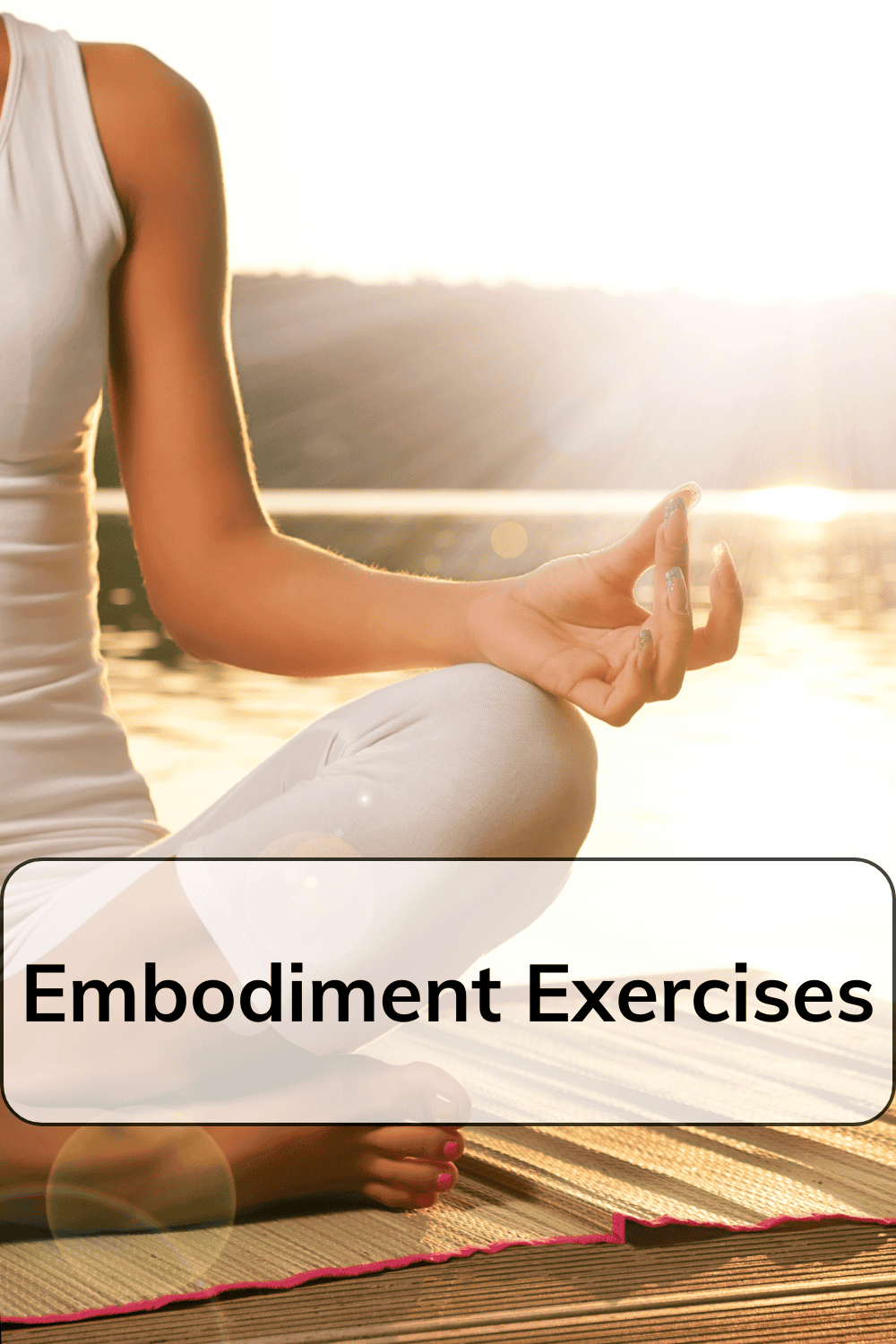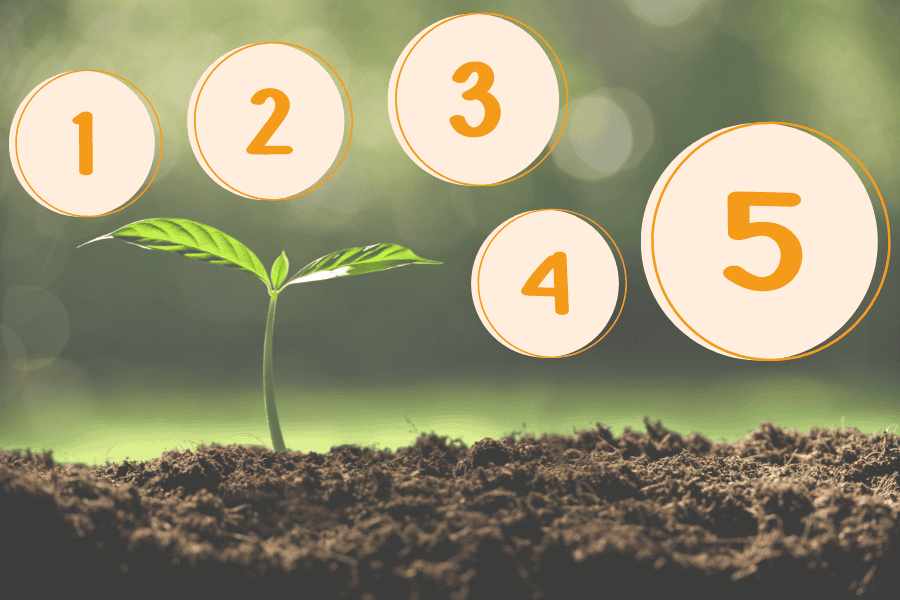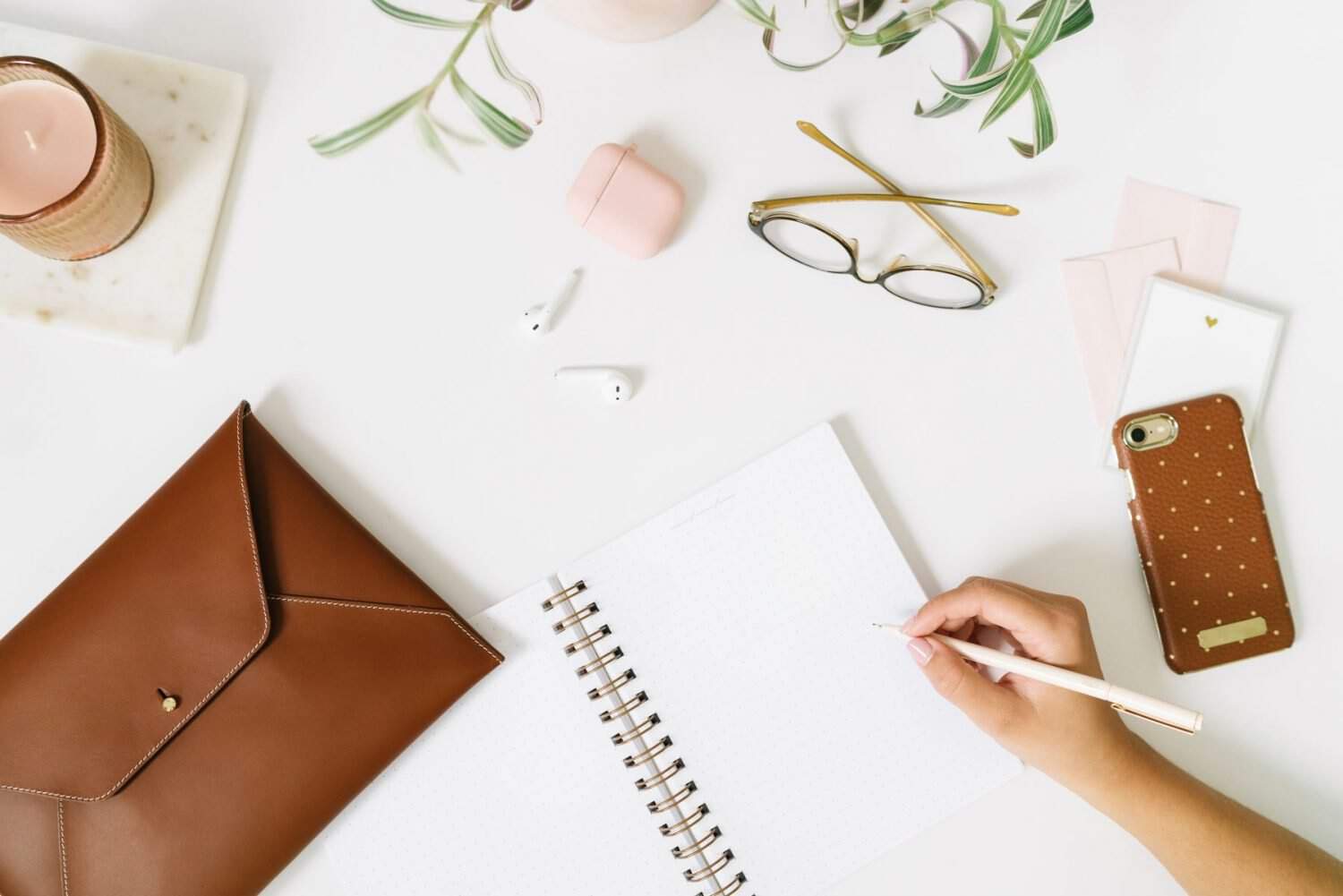Want to know amazing embodiment exercises you can try right now?
These are simple yet effective practices and you can do them anytime, anywhere.

The word ’embodiment’ is becoming more and more widespread, and with good reason. Embodiment exercises are practices for both adults and children which, in short, get you out of your head and into your body. As a certified embodiment coach, I am giving you 5 simple embodiment practices examples that I find very effective.
You are going to learn about body centering, grounding techniques, mirroring techniques, and more.
After learning about these embodiment exercises (and putting them into practice!), you’ll be well on your way to becoming an embodied person.
This post is all about amazing embodiment exercises you can try right now.
Amazing Embodiment Exercises
Disclaimer: Not everyone feels comfortable in their bodies due to anxiety or trauma. Always make sure to go at your own pace and be kind to yourself. Keep coming back to your breath.
1. Centering (breathing exercise)
Centering is one of the most foundational practices in embodiment exercises. I would even argue that without a good centering practice, other exercises will be less effective. There are multiple ways of defining centering, and books could be written about just this topic. For the purpose of this article, I’ll leave it at this: Centering is a quick and easy way to connect to your center, to check in with your body, and find your calm. For this exercise, we only need our breath. Luckily, we’ve always got that with us (unless you’re a vampire of some sort), so there is no reason not to try it right now!
Let’s do this!
You can do this standing, walking, really at any time anywhere, but if you’re new(ish) to this, seated might be easiest. This way you can focus on the subtle things happening in your body. Centering is done with the eyes open.
Step 1: Take a deep belly breath in through the nose, filling your belly like a balloon.
Step 2: Breathe out through the nose, deflating the imaginary balloon as the air leaves your belly.
If this is tricky, you can place one hand on your chest and the other hand on your belly to feel where your breath is moving to. Focus your attention on the hand on your belly. Eventually, you will notice the air moving there instead of your chest. Don’t try too hard, just relax and observe.
Step 3: Follow your in-breath up your spine, straightening it. Hold your breath for one count at the top.
Step 4: Slowly breathe out through your nose, making the out-breath longer than the in-breath (e.g. in 3 – hold 1- out 5). The more often you do this practice, the longer the counts can be.
Step 5: On every out-breath (after breathing in up the spine), relax a body part down the front. The body parts that tend to hold the most tension are: the jaw, shoulders, belly, and pelvic floor.
Tip: Relax your tongue and jaw by breathing out through the mouth and say ‘aaa’, sticking out your tongue. This could be interesting in certain settings, like when you’re roaming the vegetable aisle in the supermarket, or casually walking by your colleagues.

2. Centering (body scan)
Earlier, I mentioned that centering is an incredibly important foundation for embodiment exercises (and life in general really). There are multiple ways to center, so I think it is worth giving you another one to try. This exercise is a body scan, which basically means taking your time to put your attention on different parts of your body. For this specific exercise, I focused on many body parts. This way, you might check in with parts you otherwise would not necessarily think of.
If you’re short on time, you can do step 2 by leaving out some body parts and focusing on areas where you might feel tension, or scan for a body part that feels good.
Again, centering is done with eyes open. This is because you should be able to do this everywhere, at any time, and driving a car or handling machinery typically does not go well with eyes closed.
Let’s scan this thing!
Step 1: Always start with the breath. Belly breaths through the nose (see step 1 and 2 of exercise 1 ‘Centering breathing exercise’, if you’re unfamiliar with this). Let your breath flow naturally.
Step 2: Scan your body from bottom to top. Starting with the bottom helps to feel grounded, whereas the top could feel uncomfortable for some due to anxiety or trauma. You can shift your focus to the next body part each time you breathe in.
First, start by focusing on your toes. What do they feel like? (wild and free, or squished together in a gorgeous pair of shoes which may or may not be worth the discomfort?)
Then, scan the top and bottom of your feet. What do they feel like? Are they warm or cold?
Move up to your ankles. Your shins. Your calves. Are they relaxed? Tense?
Continue to your knees. Your thighs. Pelvic floor. Hip bones. Take deep belly breaths if you feel tension, breathing out through the mouth. What do you notice when you keep your attention on a tense body part while breathing deeply?
Scan further up your body. Your belly. Your lower back. Chest. Upper back. Shoulders. How is your posture? Move your body if you need to.
Next, focus your attention on your upper arms. Elbows. Lower arms. Top and palm of your hands. Fingers. What do they feel like?
Now, move on to your neck. Your throat. Is there something you want to say? A sound that wants to come out?
Scan your jaw. Your tongue. The back of your head. Your ears. The muscles in your face. Your eyes. Your eyebrows and the space between them. And lastly, your scalp.
Tip: Many people hold tension in the pelvic floor. It is connected to the jaw, so if you want to help relax your pelvic floor, wiggle your jaw and relax it. Do you notice a difference? It’s OK if you don’t. Feeling nuances in the body takes time and practice.
Find my printable for a body scan exercise here.

3. Grounding techniques (down-regulation)
The main purpose of grounding is to down-regulate. When we feel anxious or stressed, our nervous system is activated. You might notice you are breathing more into your chest instead of your belly. Your mind might race. Grounding techniques help to bring our energy down and calm our nervous system. It is a technique that, like centering, can be done in many different ways. A quick and easy way to ground yourself is by using your senses. It causes you to connect to and be aware of your body and your environment, which can be very effective in stopping the momentum of unhelpful thoughts. Let’s use our five senses and feel better!
SEE, HEAR, SMELL, TASTE, TOUCH!
Step 1: Breathe. Belly breaths. Notice a pattern in the step 1s? ;). Especially when struggling with anxiety, knowing that the breath is something you can control, and can always come back to, might feel comforting or even empowering. You are in control. You’ve got this!
Step 2: What are some things you can see? Name 5. Say it aloud, or whisper it to yourself.
Step 3: What can you touch? Touch 4 things in sight/within reach that have different textures. Is it soft/rough/warm/cold/smooth?
Step 4: What can you hear? Name 3 things. Even if you’re in a quiet space, listen for the subtle sounds.
Step 5: What can you smell? Name 2 things. Maybe there are flowers near you, or food? Do you smell your shampoo or perfume? A wet dog?
Step 6: What can you taste? Name 1 thing.
Tip: Pet your dog or cat if you have one. Hug a loved one if they’re around. Hug yourself.
Find my printable for a 5 senses grounding exercise here.
4. Energizer (up-regulation)
You might have guessed it… This exercise creates an almost opposite effect from the grounding exercise. Often, when we feel a bit down or slow, it is because there is stagnant energy in our bodies. Movement almost always helps. In my embodiment training with Mark Walsh, we would often do a little energizer exercise from behind our computers.
You can make it as big or as small as you like. You can choose to take time to do one step more elaborately, or do all 3 as a quick wake-up tool.
Wake up!
Step 1: Shake your body intuitively. Don’t think about it too much and just shake. Often people shake their heads, wiggle their shoulders, shake their legs… anything goes. Whatever you feel like shaking, shake it! (No judgment here if you want to shake it out to the Taylor Swift song).
Step 2: Stretch intuitively. Again, don’t think about it too much, it’s not a yoga break. More like when you wake up from a nice nap.
Step 3: Tap gently. You can use a finger or your hand to tap anywhere on your body to quite literally ‘wake it up’. Everyone responds differently to touch, so make sure you do it in a way that feels kind to yourself. Maybe that means you avoid certain body parts, or you adjust the firmness with which you tap.
Tip: If you can’t move your whole body freely, like when driving a car or in a meeting, then micro-movements are helpful and still quite effective. Think of your toes and feet, your shoulders and neck, or your fingers.
Find my printable for an energizer for kids here.
5. Mirroring technique
Mirroring can be confronting, but also very insightful. You can do this embodiment practice by yourself (you do need a full-length mirror or possibly your reflection in a window), or practice with a person you trust as they can act as your mirror. Mirroring techniques are great embodiment exercises to create awareness of your body and posture. You can do this either seated or standing.
Alternatively, when you practice this embodied interaction with a partner, ask each other the questions you would otherwise ask yourself in the following steps. Make sure to create a safe space and provide kind feedback when asked.
Look at that!
Step 1: Look at yourself in the mirror. Don’t look at what you like or don’t like, that’s a different exercise. Try to objectively observe. This is an exploration exercise, there is no good or bad. That harsh inner critic voice is not welcome here!
What is the first thing you notice about your posture? How does it come across to you? Confident maybe? Tired? Lively? What is your facial expression like?
Step 2: Hold your posture the way it is. How does this posture make you feel? Can you name it? Now think of how you would like to feel.
Optional: Find the words that describe it best, creating an extensive vocabulary around body language and feelings is helpful in many ways.
Step 3: Now that you have more awareness of your posture and facial expression you can make a choice. Think of the feeling you would like to feel. What does that look like in the body? Maybe you’ve been rushing and need some calm. What does that look like? Or, for example, from insecure (slanted shoulders, feet not firmly on the ground, head down) to confident (shoulders back, straight spine, feet firmly on the ground pointing forward, chin up).
Step 4: Think of something or someone that reminds you of this feeling. Take a deep breath, remember to check in with yourself regularly, and move through the rest of your day feeling better!
Tip: Recording it can be useful if you’re looking to learn more about your patterns.
Embodiment exercises are meant to help you connect more to your body, create awareness, and give you choices. Check in with how you feel, and decide which practice fits your situation best, moment to moment.
Find my printable for a body awareness exercise here.

Leave a Reply